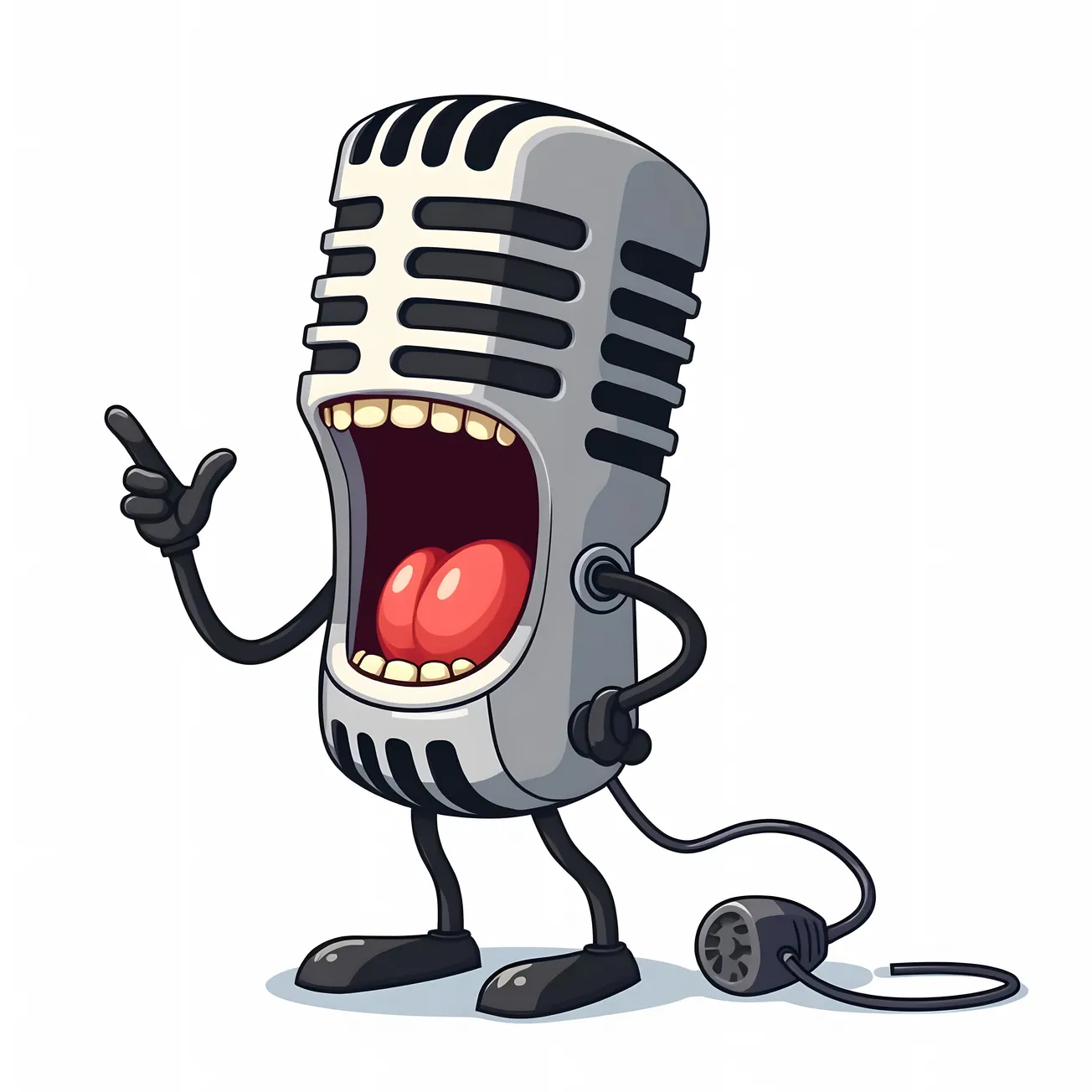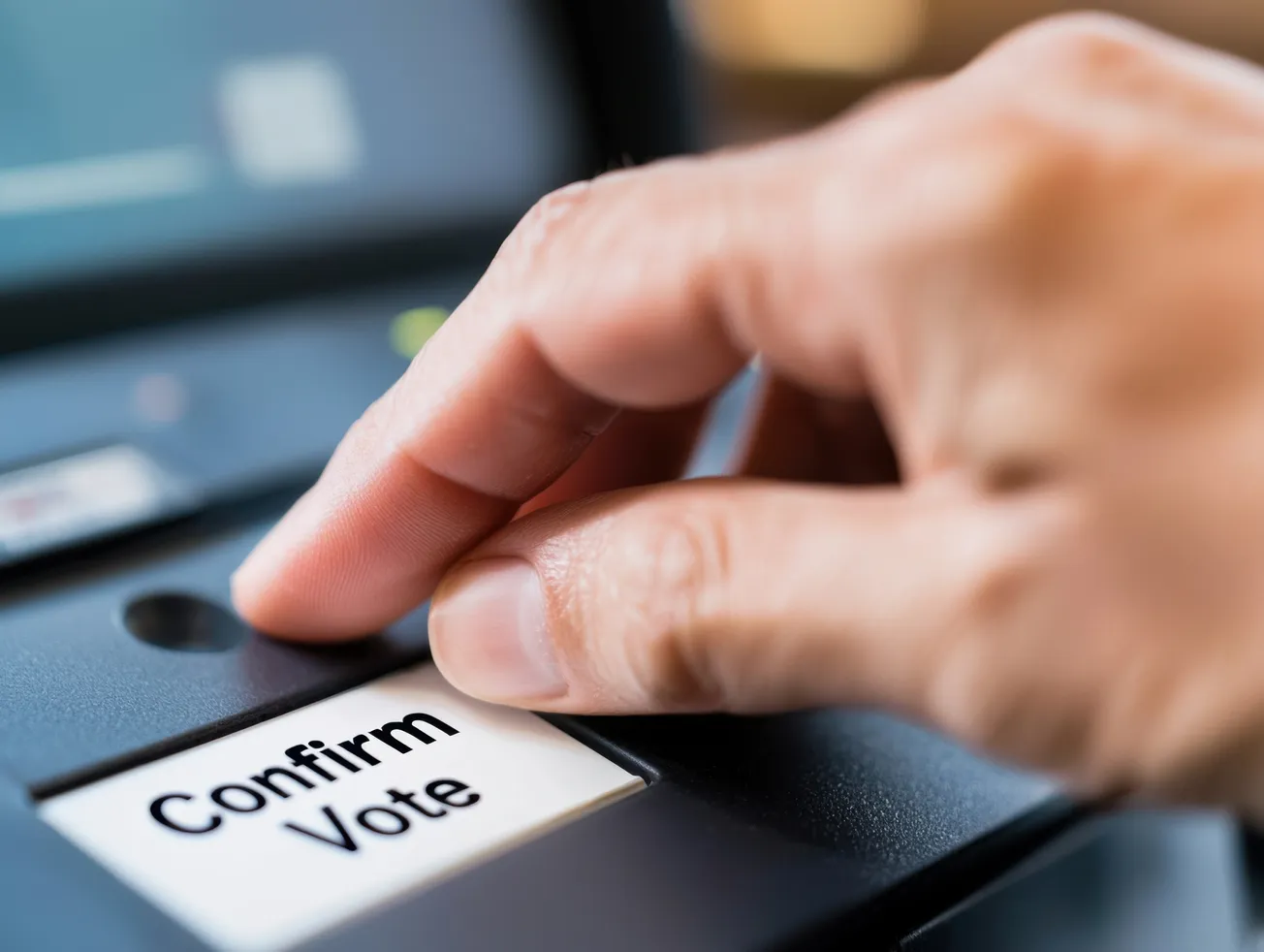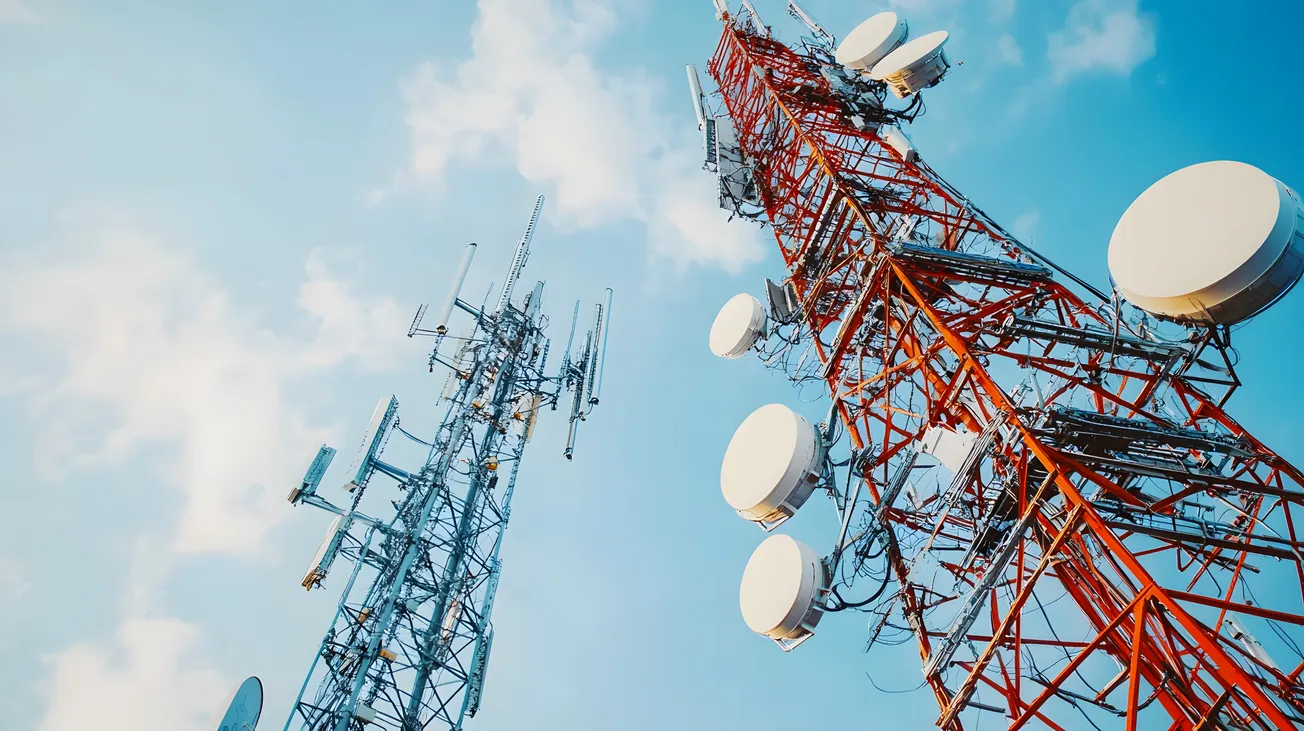In 2024, a survey revealed that 47% of U.S. adults listened to a podcast within the last month, a number that has more than tripled over the past decade, according to Statista.
With the industry's growing popularity and opportunity, there has never been a better time to start your own podcast. However, creating a podcast for the first time can feel overwhelming without the right experience and equipment.
We have developed this six-step guide to help make your podcasting journey easier so you can spend more time recording and less time planning.
1. Planning the podcast
Before you can sit down and record your podcast, you must decide what you want to talk about. The theme of your podcast will draw in a specific audience, so it is important to keep in mind who you are targeting.
Ask yourself what interests your target audience has and how you can keep them involved with your podcast. Is there a way to make your podcast different than others that already exist?
Your podcast should have a theme and each episode should reflect that theme in some way. It is also vital to pick a name for the podcast that will demonstrate your topic.
2. Getting the right equipment
Finding the right equipment is possibly the most overwhelming part of creating a new podcast. Anyone can sit down and talk about something they care about, but how can you make it look and sound high-quality?
For starting a low-budget, high-quality podcast, it is perfectly fine to use hardware as basic as your smartphone or computer.
There are USB microphones that can plug into your smartphone and capture your voice without unwanted echoes and background noises. These cheap microphones keep your podcast affordable while also sounding professional.
For a premium microphone option, RODE has everything from full podcast kits to wireless travel microphones.
According to a Riverside survey, 64% of new podcast consumers prefer to watch their favorite podcasts. With video podcasting on the rise, it is important to find a camera setup that works for you.
In the PodcastVideos.com studio, we have primarily used Logitech Mevo cameras. We have used both the Mevo Core with 4K and the Mevo Start, a wireless camera with app control.
3. The recording
Most podcast episodes average over 30 minutes each, according to Riverside. It is important to decide how long you want your episodes to be before you record your first show.
It is a good idea to keep your episodes about the same length, and they may be on the shorter side until you reach a larger audience.
Most podcasters use a script, even if it seems like they are just saying what is on their minds. You can use word-for-word scripts and plan exactly what to say, or you can simply use an outline to keep you on track and at a good pace while sounding more natural.
Tell the audience how your show will help them improve their lives. Give them a good reason to listen to what you have to say. It is never a bad idea to bring on a guest who has experience in your topic.
Riverside offers different podcast formats to help organize show content and structure based on various needs.
4. Editing the podcast
Once you have recorded your podcast, it needs to be edited. That may mean cutting out spontaneous bathroom breaks or adding music to your show.
There are many free and paid options for editing software.
Audacity and GarageBand are most commonly used by beginners, as they are free and very user-friendly. However, neither of these platforms has the option to work with video files.
Those with editing experience may want to use a paid option such as Premiere Pro or Adobe Audition (which we used to use), both of which are included in an Adobe subscription.
5. Launching and publishing
Once the recording and editing of your podcast are complete, you have to finish establishing your brand and put the content out there for others to access.
Podcast hosting services such as PodBean and Buzzsprout allow you to launch your podcast all from one dashboard. Once you pick your podcast directory (e.g. Spotify or Apple), you can receive analytics that include a number of listeners and downloads.
6. Continue growing the podcast
Creating and posting the podcast is not the final step with your first episode. It is now important to promote the new show to expand your audience and continue growing.
Using analytics, find out where your listeners are from, what other podcasts they may listen to and what their interests are. Using this demographic data helps to put you in the mind of your audience and continue connecting with them.
Keep your podcast's format and theme in mind. Each episode should have value, and consistency will set listener expectations and create trust.
Some social media platforms may deserve more of your attention than others depending on what kind of people listen to your show. Share snippets and episode announcements to engage your audience and spread the news of your show.
Overall, creating your first podcast may seem like a lot of work, but it only gets easier after you start. By combining quality content and promotion, your podcast is set up to grow and succeed.








